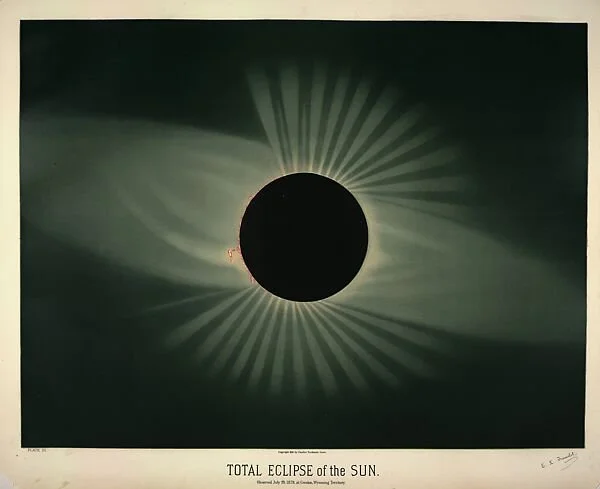Photo Credit: Terry Podgorski
It is bright here in LA. And the streets and sidewalks are harsh. I am standing on a corner, at a bus stop, steps from yet another fantastic taco truck. It’s a perfect place for a spell of vertigo.
The Museum of Jurassic Technology, Culver City, Los Angeles.
Reality and dreams dance in a mesmerizing exhibition. Photo taken illicitly by Terry Podgorski.
The Museum of Jurassic Technology in Culver City, Los Angeles is subtle. One might say shy or well disguised, able to stand on the street corner and pass as “normal” in the light of day, at least in comparison to its Chelsea cousin, Sleep No More (read my review here). The Museum is another type of dream in which you are not quite sure if you are dreaming but you’re pretty damn sure you are dreaming because it all feels just a bit off but yet it’s just as normal as standing in your kitchen with a cup of coffee in hand except, now that you think of it, it’s not your kitchen but your grandmother’s kitchen, and she’s been gone for some time, and it’s all in a green palette that she would have never used and she’s talking to you and telling you it’s time to get to school. It’s definitely a dream.
But you’re struck by the cup. It’s such a normal cup. White. Heavy. With a graceful loop for your finger. It fits in the palm assuredly. Maybe it is real after all.
There is no kitchen in the Museum or white archetype of a coffee cup, but there is a bona fide fissure in understanding. And you are asked to stare at it.
You’re always staring at something intently at the museum. Peering at diagrams and dioramas and dialectic arguments. Sometimes, it’s through a microscope at the carving of a golfer on a needle. Sometimes, a hazy piece of glass hiding the x-ray of a lily. Or a spyglass with an owl inside perched on a branch. The mission seems plain enough. You’re being asked to look at the world, and find the truth in it, but regardless how hard you try it is not there. Unless the truth is; there isn’t any.
You must understand that at this museum something else is on display besides history or fact. The inspiration for the exhibits comes from the wild possibilities of the world and humans. It’s that thing that artists through the centuries have tried to touch, describe, put on a pedestal and reveal.
Actually, imagination is on exhibit here. Or is that wonder? Perhaps it’s possibility we are looking at. Can we tell the difference?
What is real and what is on display? That’s the crack in the Museum of Jurassic Technology. In Sleep No More the crack is a story broken into pieces and scattered across a hotel. In each, reality and expectations are broken, a portal opened, a world reveled, and a promise made.
Photo Credit Stephanie Diani for the New York Times. Pictures the “Wundertrailer” in the Garden of Eden exhibit.
Imagine a crack.
A carefully scratched jagged line in polished stone.
A peeled and stained curl in a formica desktop.
A crumbling split in dusty concrete at your feet.
It’s the promise of walking dreams while awake, of escape, of breaking the confines of what people tell you reality is.
Smash the mirror. Or step through it like Alice.


























